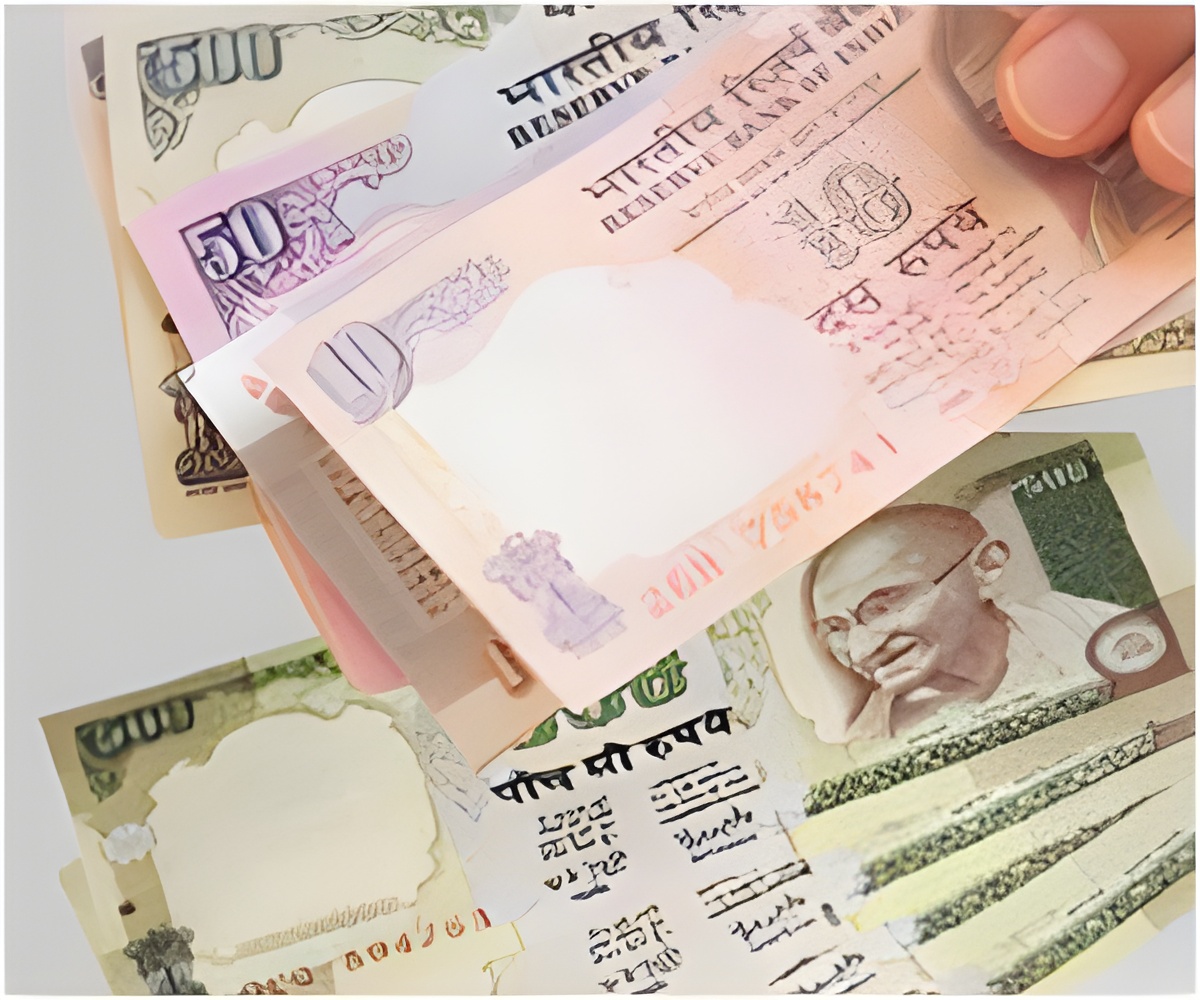
“We found only very low levels of pathogenic bacteria in any of the banknotes, and never in alarming numbers,” said Dr. Vrieskoop.
However, he admitted that the richer and more developed countries had fewer bacteria on their money than poorer countries.
“Importantly, nowhere in the world were alarming levels of pathogenic bacteria found on money.
“We also found the age of the banknotes, and the material of which they are made will affect the extend of contamination of that money.”
The international study included researchers from ten universities and research institutes.
Advertisement
The countries where the research was conducted include Australia, Burkina Faso, China, Ireland, Mexico, Netherlands, New Zealand, Nigeria, the United Kingdom and the United States.
Advertisement
“The older notes are more wrinkled, so that dirt and bacteria can easily nestle in the folds of the notes,” Dr Vriesekoop said.
“The material the banknotes are made of was also found to be important. In most countries banknotes are made from a cotton based material; while in Australia, New Zealand, and Mexico the banknotes are made from a polymer (plastic) material.
“We found that notes made from polymer material carried significantly less bacteria compared to the notes based on cotton.”
In addition, the researchers found a strong correlation between the number of bacteria per square centimetre of banknote, and a number of indicators of economic wealth in the different countries.
As a country scores lower on the 'index of economic freedom', the more bacteria were found on the banknotes in circulation.
The 'index of economic freedom’ incorporates business freedom, trade freedom, monetary freedom, financial freedom, freedom from too much government interference, and the degree of absence of corruption.
“It is also likely that in a country that scores low on this index, the banknotes might be older than in countries with a higher score,” Dr Vriesekoop said. But that is all there to it, no threat from the germs harboured by the more crumpled and soiled notes. Still the researchers recommend that in food outlets the handling of food and the collection and exchange of money be physically separated, preferably undertaken by different people.
Source-Medindia







